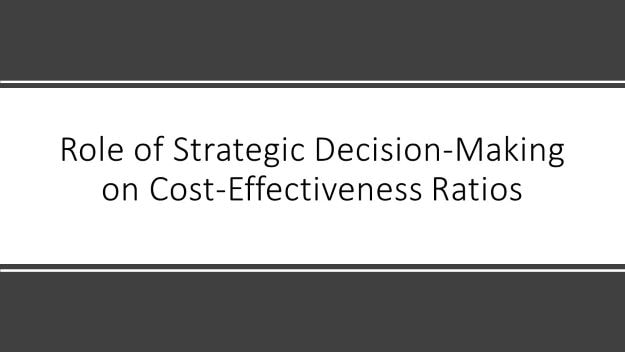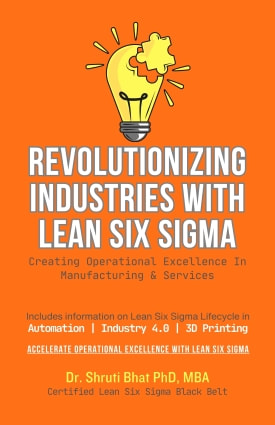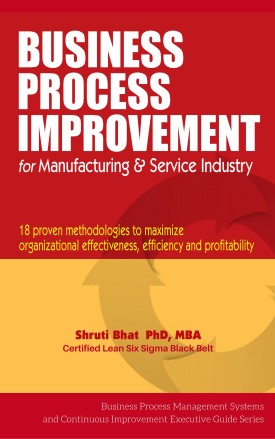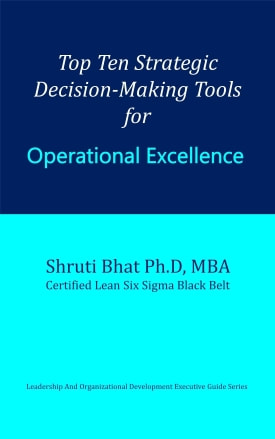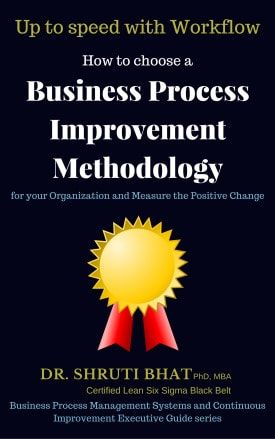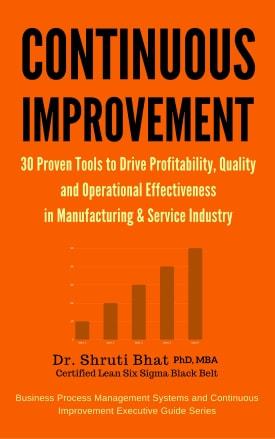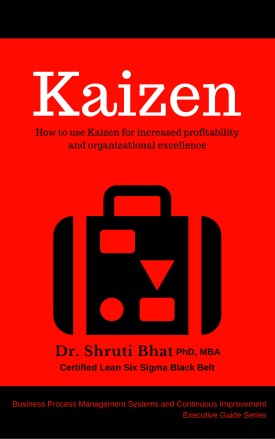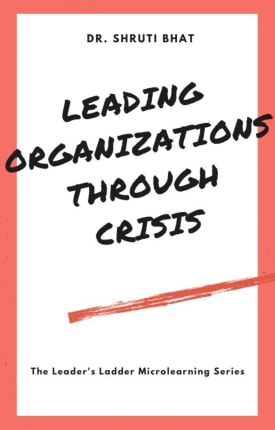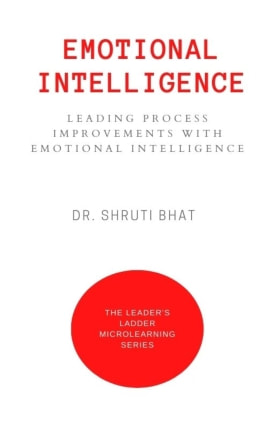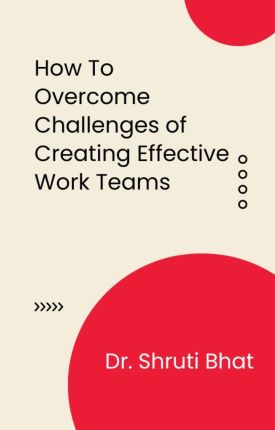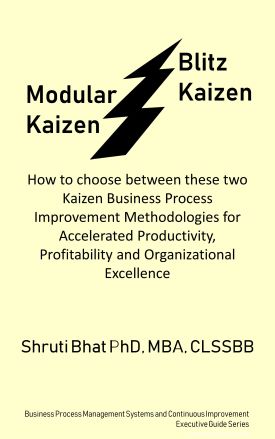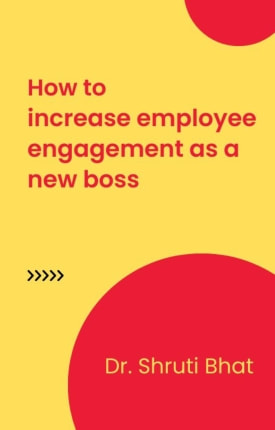Effective strategic decision-making
Increasing cost-effectiveness of a strategic action increases the likelihood of its implementation by adding incremental costs to each strategy. To determine cost-effectiveness, strategies are ranked by increasing their costs, and strategies with a higher cost per unit of output are referred to as strongly dominated. Rational decisionmakers would never implement a strongly dominated strategy, so these options are automatically eliminated from consideration.
To evaluate a business decision, create two lists containing both the direct and indirect costs. Direct costs include labor, raw materials, manufacturing and inventory costs. Indirect costs include management overhead and rent. Intangible costs include costs related to customer perception, employee productivity, and time. Additionally, consider the risks related to the proposed strategy, such as competition, regulation, and the environmental impact. After identifying the costs, assess the benefits of implementing the strategy and its risks.
Process-driven cost management
As a project manager, you must be able to answer questions without an approved budget. The same is true when you are already in the middle of a project and need to determine whether you have enough resources to complete it. For large organizations, this may be difficult because of multiple projects running at once, changes in initial assumptions, and unexpected costs. With this in mind, you need to understand the critical steps of cost control.
To begin the process of measuring and controlling costs, you must develop a cost management plan. The plan should include information on the project's performance and include a threshold for deviations and what to do if it is breached. Earned value management is one popular way to measure cost performance. For example, you can say that a task is 25% complete if it is 25% completed. Then, you can measure how many stories and other factors the project includes.
Regardless of how much time an organization spends on procurement, cost-efficiency begins with managing costs and reducing them. Visibility of cost data and the ability to fine-tune processes improves decision-making. Having transparency of cost and spend data can reveal areas of the organization that need to be improved, allowing companies to focus more on strategic initiatives. If a company does not have visibility of cost and spend data, they will always be playing catch-up. In addition to cost-efficiency, companies cannot manage their spending without being transparent.
Analysis of cost-effectiveness ratios
To calculate the incremental cost-effectiveness ratio, you first determine which strategies have the highest and lowest marginal cost-effectiveness ratios. The higher the cost, the higher the incremental cost-effectiveness ratio (ICER). The lower the cost-effectiveness ratio, the lower the marginal cost-effectiveness ratio. As such, the lower the marginal cost-effectiveness ratio, the higher the health improvement with a given resource expenditure.
When performing a cost-effectiveness analysis, you must consider how these ratios will affect the outcomes and the costs. These ratios aren't official in most countries, but they do have a wide application in decision-making. A cost-effectiveness ratio can provide insight into the performance of a specific treatment based on the results of a trial. To perform a cost-effectiveness analysis, you should define the clinical problem and consider both the payer and societal perspective. For example, a study comparing SPECT to stress echocardiography should consider both patient and provider costs.
Despite the popularity of the Cost-Effectiveness Ratio (CER) method, it is important to note that CER isn't the same as a cost-benefit analysis. It refers to the cost-effectiveness of an action compared with its costs of inaction. For example, a vaccination program for an adult saves $10 per person in ongoing medical care costs compared to no vaccination at all.
How fast a decision is made and how good is that decision determines how far the business will thrive. |
Related reading:
#operationalexcellence #strategicdecisionmaking #strategy #strategymanagement #decisiontools #decisionmaking #strategicplanning #challengesofdecisionmaking @costeffectivenessratios #costcutting #costcontrol

